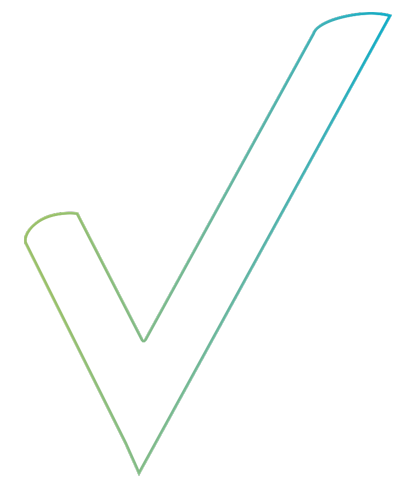- News
latest news
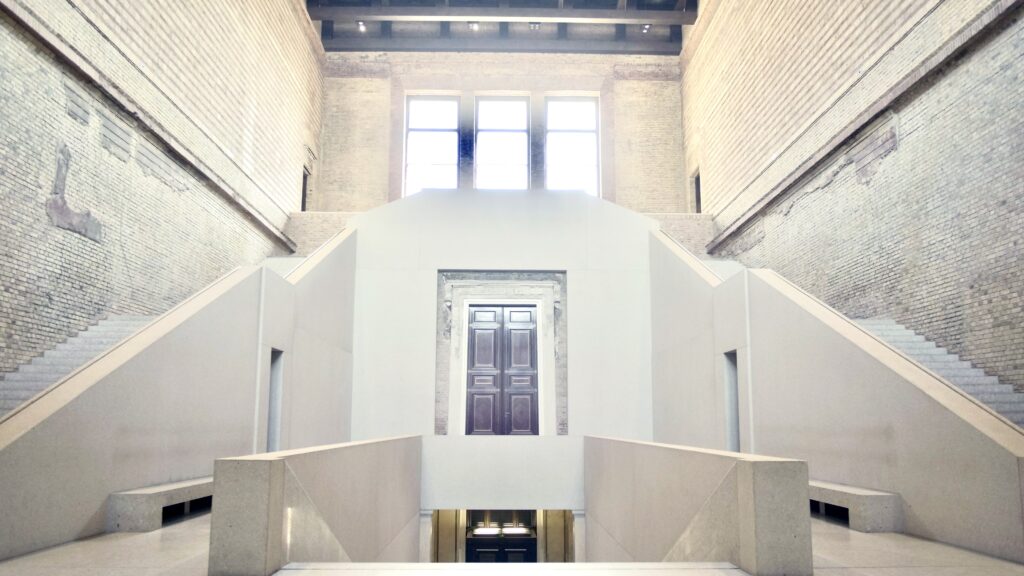
The New Museum in Berlin cleans with Arvox Pro
After successful testing, the Staatliche Museen zu Berlin (State Museums of Berlin) have implemented Arvox Pro on a large scale for the first time. The New Museum has faced challenges in effectively and sustainably removing dirt from its marble concrete surfaces, designed specifically for star architect Chipperfiel. Specialized cleaning and
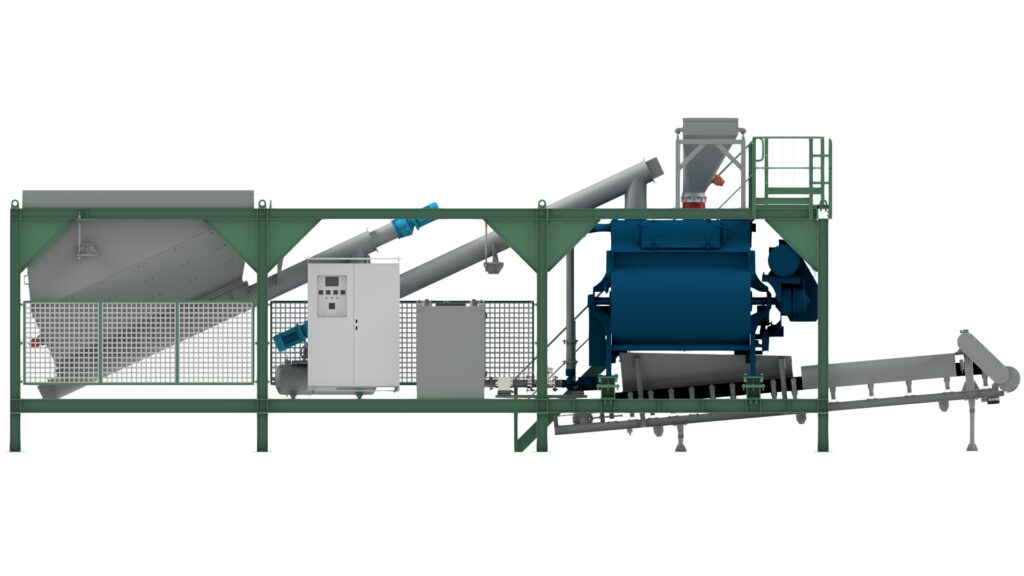
Introducing the Second Generation of Our Mobile Treatment Unit
The Mobile Treatment Unit allows customers to deploy our technology flexibly wherever it’s needed. Contaminated substrates are mixed and cleaned using our 2-component products within the facility. After the first plant served as a showcase model for new clients and projects, we are now advancing to the next phase with
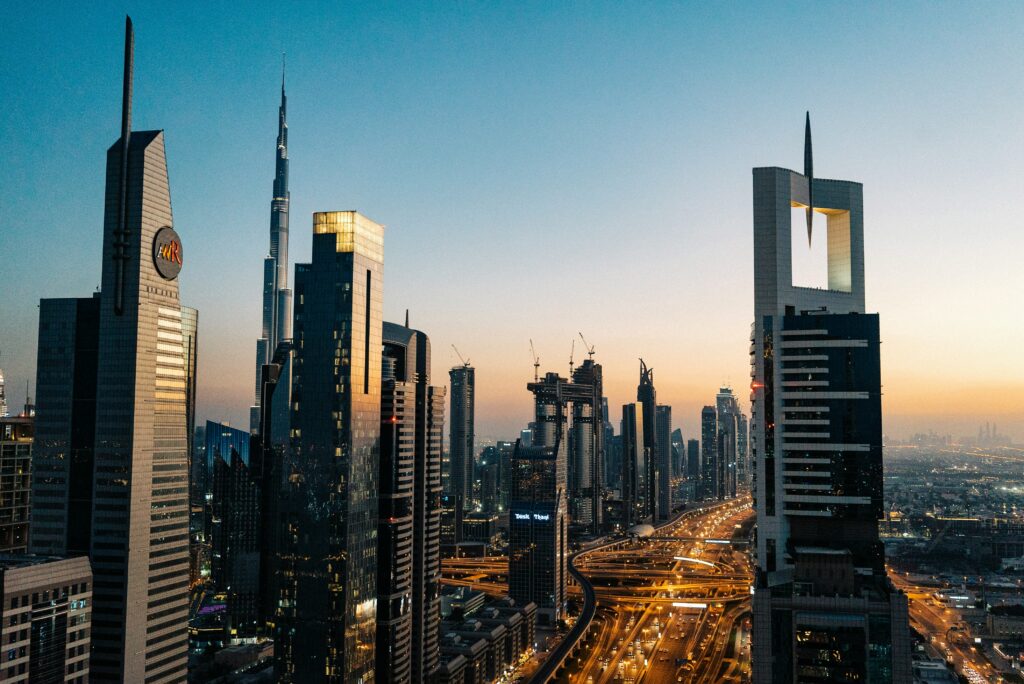
Dubai as Central Hub
Our branch established in Dubai in 2023 has become the central hub for our operations in the GCC states. From here, we can efficiently manage projects and deliver our products quickly and reliably: We will relocate the production of our Arvox SRT products (Superoxidation Remediation Technology) to Dubai for projects
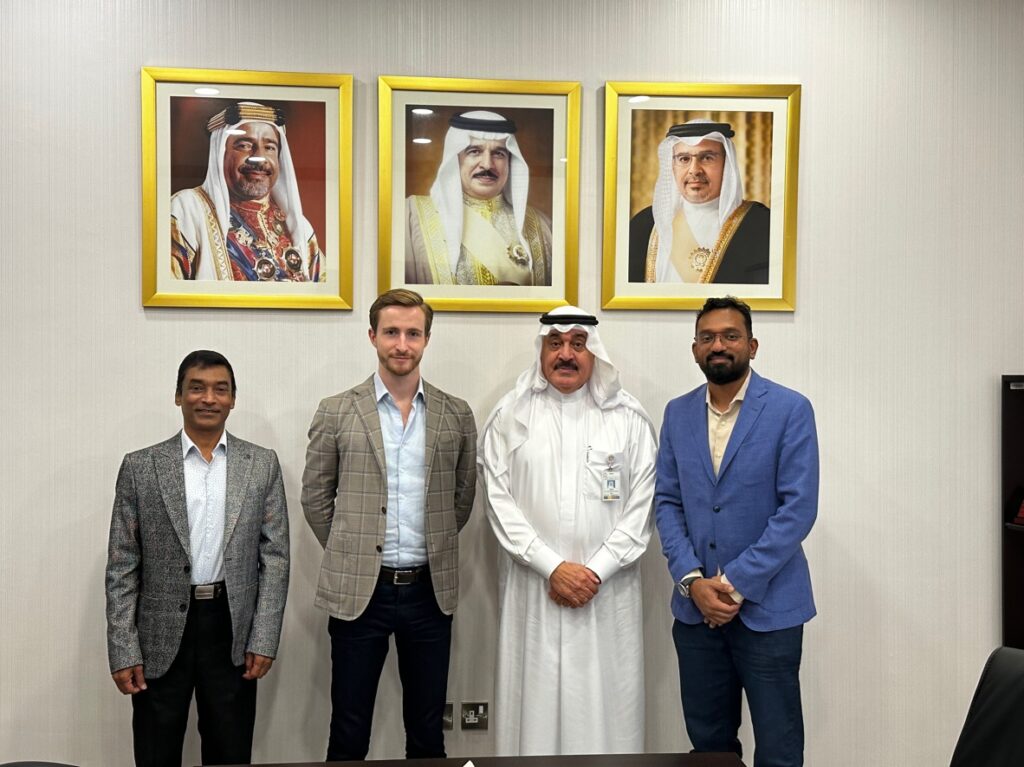
New Projects in the GCC region
With our solutions for soil remediation, we are currently focusing our efforts on the GCC states of Oman, United Arab Emirates, Saudi Arabia, Kuwait, Qatar, and Bahrain. In Oman, a project is already underway with Petroleum Development Oman (PDO). Following a successful test involving 1,000 tons of OBM (Oil-Based Mud),
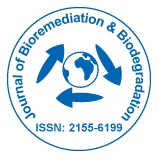
Combined Oxidative and Bio Method for Removal, Degradation or Disposal of Chlorinated Persistent Organic Pollutants
Modern environmental technologies face massive challenges in dealing with persistent organic pollutants (POPs). The storage and disposal of POPs is now strictly controlled in most countries. However, sustainable techniques for POPs disposal are still lacking. This article discusses new approaches in hazardous waste management. The performed degradation tests focus on

The New Combined Chemical-Biological Remediation Method for Oil-Polluted Soils
Today, biological and oxidative methods are frequently used to remediate oil-contaminated soils. Both approaches have advantages and disadvantages in terms of speed, economy and environmental compatibility. In the experiments carried out, an oxidation process was combined with a microbiological remediation approach. The petroleum hydrocarbons (PHC) were degraded much faster and

Combined and Sustainable Techniques in Remediation of POPs-Contaminated Soil Sites
This publication appeared in the book ‘Rhizobiont in Bioremediation of Hazardous Waste’. It looks at the massive challenges that modern environmental technologies face in dealing with persistent organic pollutants (POPs). The storage and disposal of POPs is now strictly controlled in most countries. However, sustainable techniques for POPs disposal are

